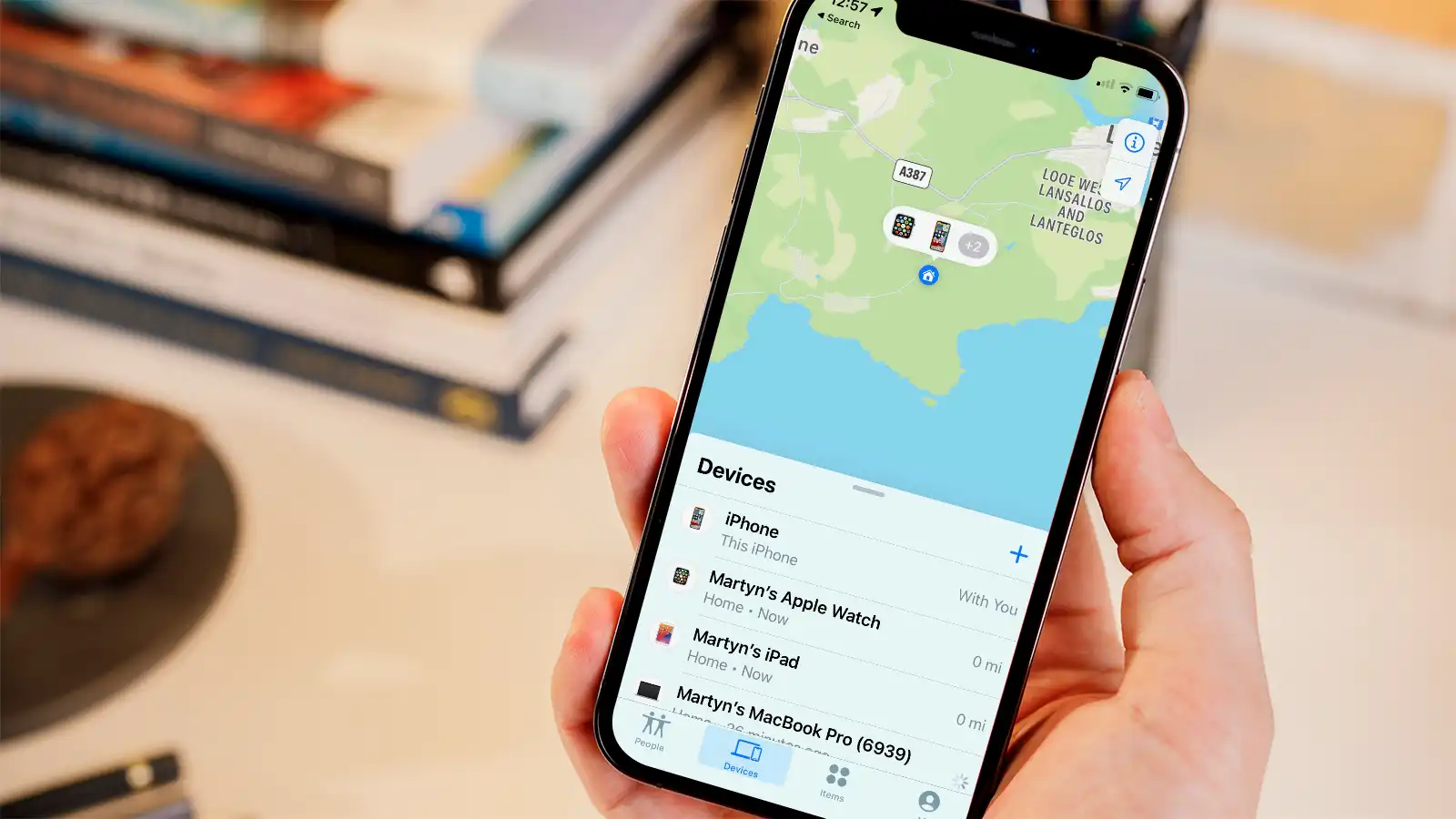
How Does Location Tracking Work?
Understanding how smartphones share their location is crucial. Here are several ways:
GPS
The Global Positioning System (GPS) uses satellites orbiting Earth to provide location information. GPS relies on signals from these satellites to determine a device's exact coordinates.
Cell Towers
When making calls or sending data, phones communicate with nearby cell towers. By measuring signal travel time between your phone and these towers, carriers can estimate your location.
Wi-Fi Networks
Smartphones often connect to nearby Wi-Fi networks automatically. This information can help determine your location, especially in familiar environments.
Bluetooth
Bluetooth technology allows devices to communicate over short distances. Some tracking apps use Bluetooth signals to locate devices.
App Permissions
Many apps require location access to function properly. These permissions can be used to share your location with third parties.
Can Someone Track My Phone If My Location Is Off?
Even with location services disabled, tracking remains possible. Here’s how:
Cell Tower Triangulation
Without GPS or Wi-Fi, cell towers can still provide a general idea of your location. This method involves measuring signal strength from multiple towers to estimate your position. Although less accurate than GPS, it can still pinpoint your location within a reasonable area.
Public Wi-Fi
If Wi-Fi is enabled, your phone will scan for nearby networks. Even without connecting, this process can reveal your location to the Wi-Fi provider, who may collect this data.
Bluetooth Signals
Some tracking apps use Bluetooth signals to locate devices. While less common, this method can still be effective in certain scenarios.
Stingrays (Cell Site Simulators)
These devices mimic cell towers, tricking your phone into pinging them and transmitting its location and identifying information. Law enforcement often uses stingrays to locate and track potential suspects.
How Do I Know If Someone Is Tracking My Phone?
Identifying whether someone is tracking your phone can be challenging. Here are some signs:
Unusual Battery Drain
A rapidly draining battery could indicate constant data transmission, possibly related to tracking.
Unfamiliar Apps
Check your app list for any unfamiliar apps. These might be tracking your location without your knowledge.
Strange Behavior
Frequent freezing or crashing could indicate spyware designed to track your activities.
Data Usage
Monitor data usage closely. Unusual spikes might indicate your phone is transmitting location data.
How to Block My Phone from Being Tracked
While complete prevention is impossible, several steps can minimize the risk:
Turn Off Location Services
Disabling location services is straightforward but not foolproof. Other methods like cell tower triangulation can still work.
Disable Wi-Fi in Public Places
Public Wi-Fi networks often collect location data. Disabling Wi-Fi in public places can help reduce this risk.
Examine App Permissions
Be cautious of apps requesting unnecessary location permissions. Uninstall any app asking for more permissions than necessary.
Use a VPN
Connecting to a Virtual Private Network (VPN) encrypts your data and masks your IP address, making it harder for third parties to track your location.
Regularly Update Your Device
Keeping your operating system and apps up-to-date helps patch security vulnerabilities that might be exploited by tracking software.
Install Antivirus Software
Reputable antivirus software can detect and remove spyware that might be tracking your device.
Use Secure Browsing Tools
Tools like McAfee’s Safe Connect VPN protect your data while using public Wi-Fi networks.
Monitor Your Phone’s Activity
Regularly check activity logs to see which apps are accessing your location and other sensitive information.
Additional Methods of Tracking
Disabling location services is common, but other ways exist to track your phone:
Find My Device (Android) / Find My iPhone (iOS)
These services use Bluetooth signals to locate devices even if offline. However, they require location services to be enabled initially.
Samsung’s Network
Samsung devices can use their network to enable location services even if turned off, provided you're signed into your account on the device.
Google’s Find My Phone Network
This network can locate devices even when turned off or not online, using nearby Android devices for triangulation.
By understanding these methods and taking proactive measures, you can significantly enhance your privacy and security.
